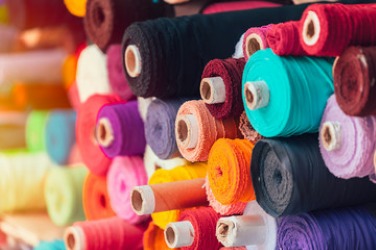
Dress For Success
February 9, 2022
Digital Fashion
April 20, 2022By Lola Salome
Environmentally Safe Fashion
The world of environmentally safe fashion is one of the most pressing issues today, especially among millennials and Gen Z. The consequences of fast fashion on the environment are becoming more and more visible, and as a result, shoppers are making changes in the way they shop, from whom, and even how often. This phenomenon can no longer be ignored, as 1.2 billion tons of greenhouse gasses are emitted due to the fashion industry.

Scary. With shoppers catching on to the damaging effects of fast fashion, environmentally safe brands are taking the world a storm, and Selectika is joining in. Being a leading figure in today’s visual AI and personalized eCommerce world, Selectika plays a role in minimizing emissions.
Fast Fashion Environmental Impact
Fast fashion is one of the leading causes of excessive greenhouse gas emissions. Textile production is one of the most polluting industries, producing 1.2 billion tonnes of CO2 equivalent (CO2e) per year, transporting the garment to its destined buyer, and sometimes returning it. However, Selectika is succeeding in making the process more efficient in time and impact. Selectika’s up-to-date technology focuses on personalized algorithms that accurately match shoppers to their exact size and preferences.

Safe Fashion by Selectika
Selectika’s technology collects personal data and can recognize shoppers’ specific interests. Data points such as general fit, waistline, and fabric composition are all considered. Selectika’s technology can even predict if and how an item of clothing will fit the shopper- and this applies to all articles of clothing.
So why does this matter? Selectika has matched customers to their preferences and exact sizes with 95% accuracy. This means that 95% of customers were satisfied with the size and the article of clothing selected and did not need to make any returns. Minimizing returns is a way to start reducing associated environmental effects.

What else can we do if Selectika can use its technology to reduce worldwide clothing shipments by reducing returns? For example, we order all our shopping in one store, choose collective shipment, recycle textiles, and prefer eco-friendly brands. We have a long way to go; maybe we can even slow down the fast fashion.




1 Comment
[…] increasing awareness and demand for sustainable and ethical fashion have catalyzed a transformative shift in fashion search platforms. With an emphasis on […]